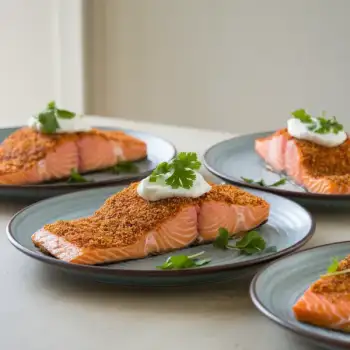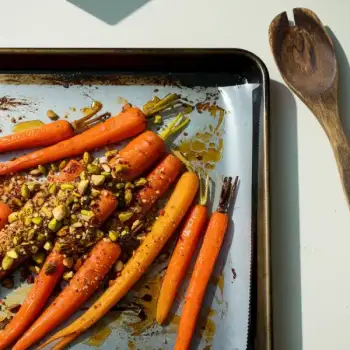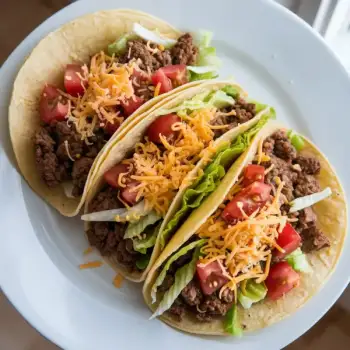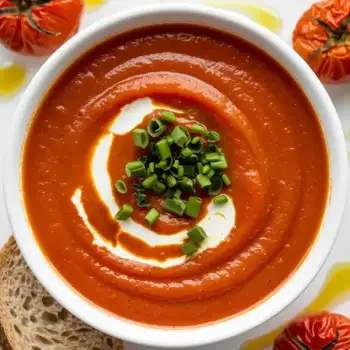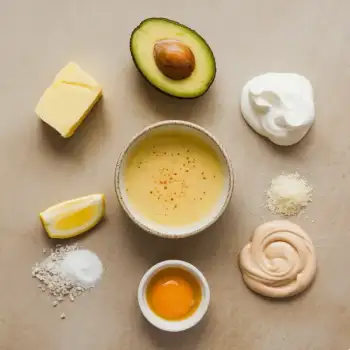


Fresh
While less common, fresh cayenne peppers can sometimes be found in markets and are used for their bright, intense heat and flavor.
Flakes
Crushed cayenne pepper flakes are larger pieces of dried cayenne, often used for adding a visual element and a more textured heat to dishes.
Ground
Cayenne pepper is most commonly found in its ground form, which is made from dried, pulverized cayenne chilies. This form is highly concentrated and can be easily measured for recipes.
Whole dried
Whole dried cayenne peppers can be used to infuse oils or broths with heat, or ground fresh when needed for a more potent flavor.




fresh cayenne: Local farmers' markets or specialty stores
whole dried cayenne: Spice Jungle
ground cayenne pepper: McCormick

Blooming: Blooming cayenne pepper in a fat, such as oil or butter, is a common technique to release its flavor. Add the cayenne to the fat at the beginning of the cooking process and cook it on low heat for a minute or two before adding other ingredients.
Infusing: Cayenne pepper can be infused into liquids like broths, creams, or sauces. Simmer the cayenne in the liquid for a few minutes to allow the heat and flavor to permeate throughout.
Toasting: Dry toasting cayenne pepper in a pan over medium heat can enhance its flavor. Stir constantly for just a few seconds until it becomes fragrant, but be careful not to let it smoke or burn.





